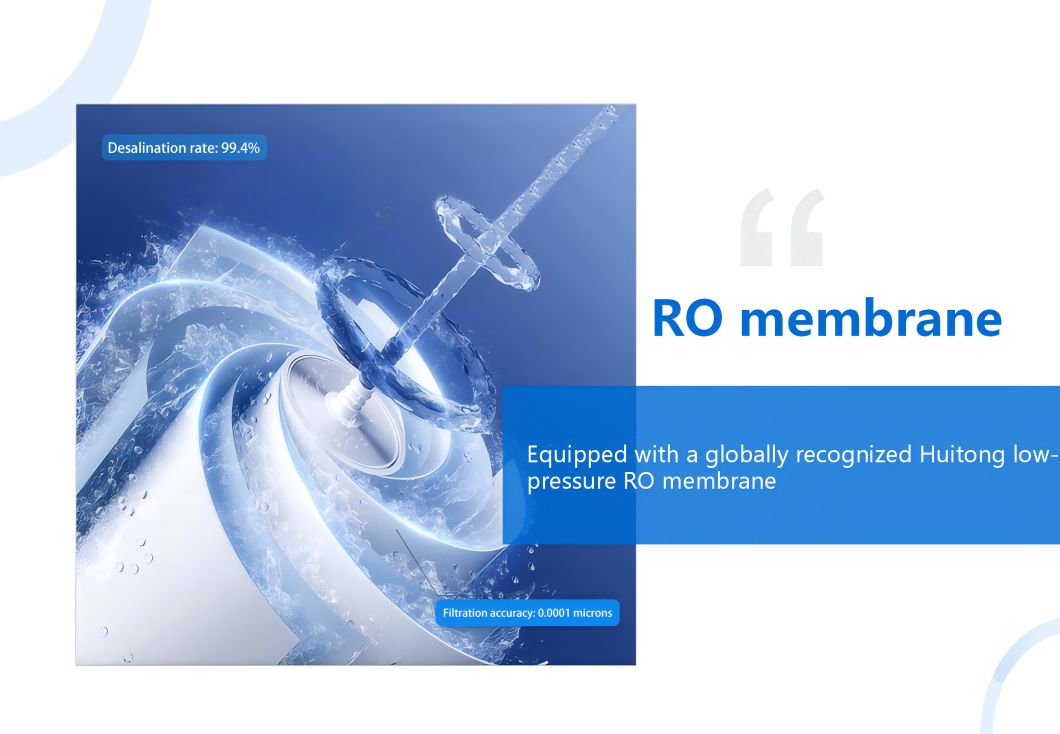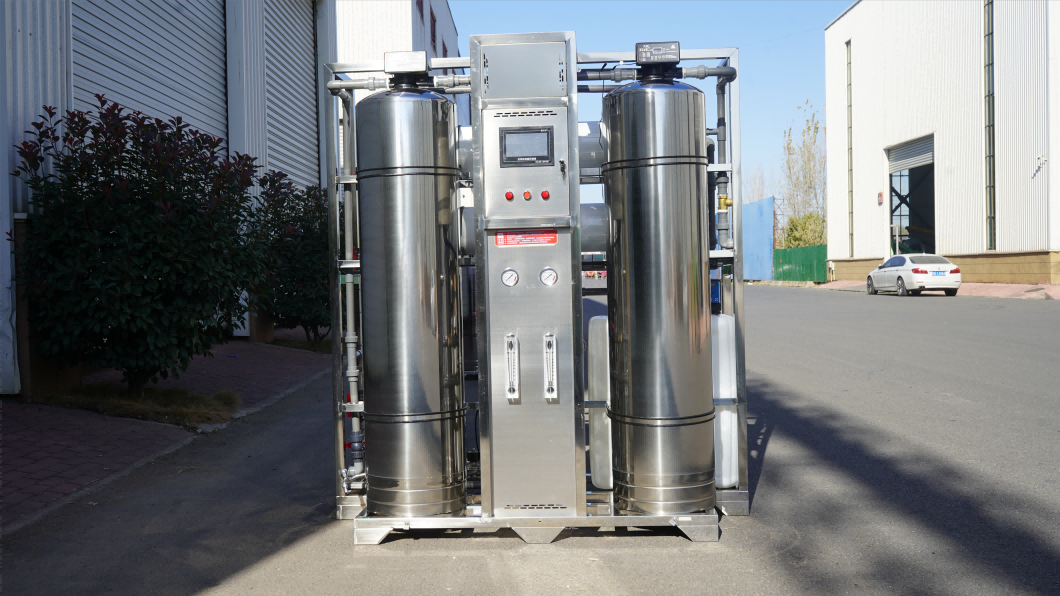Water at Risk: Why Reverse Osmosis is a Lifesaver
Does it ever occur to you that the water inside the glass you are about to sip is as clean and pure as it should be? How many hidden dangers and contaminants does it conceal? In a world where agricultural runoffs, sewer wastage, and industrial pollutants make access to safe drinking a constant challenge, is your glass of water meeting the necessary standards? In such a perilous world, having a reliable purification method like Reverse Osmosis (RO) is no longer a luxury but a basic necessity.
This blog isn’t about throwing technical jargon at you. Instead, it will help you dive into a detailed discussion of the significance of RO technology and how it has quietly become one of the most needed and critical defenses against water contamination.

A Problem Bigger Than We Think
The unseen journey of water droplets from their source to our glass is often a treacherous one. Along the way, it encounters:
Industrial Runoff: Factories release pollutants that seep into groundwater.
Agricultural Chemicals: Fertilizers and pesticides often find their way into rivers and lakes.
Aging Infrastructure: Old pipes add rust, lead, and other impurities to your water.
Where boiling used to be a good way of killing harmful bacteria from water in the past, it virtually provides no defense against the pollutants of today such as heavy metals, dissolved salts, or chemical pollutants. This is where RO technology steps in as the ultimate solution.
What Makes RO Unique?
Reverse osmosis isn’t just another water-cleaning method; it’s a game-changer in how we perceive the process of water purification. Here’s why:
1. The Power of the Membrane
The core element of every RO system is a semipermeable membrane that filters out contaminants as small as 0.0001 microns while allowing water molecules to pass through. This guarantees that even microscopic impurities like lead, arsenic, dissolved salts, and harmful bacteria won't make it through.
2. Versatility at Its Best
A common misconception is that RO systems are for cleaning drinking water only. On the contrary, they are used in several applications like:
Dialysis machines in hospitals produce medical-grade water.
Desalination plants, turn seawater into freshwater.
Food and beverage industries, ensuring safe and consistent product quality.

3. A Layered Defense
Most sophisticated RO systems like ours at VLLRO combine pre-filters, the RO membrane, and post-filters, creating multiple barriers against sediment, chlorine, and odors. Click here for a more detailed look at RO systems from VLLRO.
Who Needs RO Water? (Spoiler: Everyone!)
Urban Households
Even in metropolitan cities with integrated advanced water treatment facilities, contaminants like chlorine and residual metals somehow seep into the water source and hinder its quality. RO systems act as an extra layer of protection, providing you with not just safe water but also peace of mind.
Rural Areas
In rural and underdeveloped regions, water is often sourced directly from wells, rivers, or tanks. In such scenarios, RO systems become a vital safeguard against bacteria, pesticides, and excess minerals like fluoride or nitrate that render the water otherwise undrinkable.
Industries
Industries that demand ultrapure water are among the biggest beneficiaries of reverse osmosis technology. For example:
Electronics Manufacturing:
Ultrapure water is an essential need in the electronics industry for it is used in the production of various parts including semiconductors, circuit boards, and other electronic components. In such a precision-based industry, even the microscopic contaminants are enough to cause defects or significantly reduce the lifespan of these products. RO systems ensure water meets the stringent purity standards required, keeping production smooth, efficient, and defect-free.
Pharmaceutical Industry:
The pharmaceutical industry uses water for a variety of reasons including but not limited to drug formulation, cleaning equipment, and creating injectable solutions. RO technology ensures that the water is free from any biological, chemical, or particulate contaminants that may compromise product safety and efficacy. Regulatory compliance in this sector hinges on using ultrapure water, making RO an indispensable part of the production process.
Food and Beverage Production:
From bottled water to carbonated drinks and food processing, water quality is paramount to product taste, safety, and consistency in the food and beverage industry. RO systems help maintain these standards, enhancing consumer trust and satisfaction. Take a look at our beverage dispenser here.
Travelers and Aid Relief/Emergency Rescue Servicemen
Compact and portable RO devices are game-changers for aid relief workers, outdoorsmen, hunters, adventure enthusiasts, campers, and frequent travelers who venture into areas with unreliable or unsafe water sources. Here’s why:
Adventurers and Campers:
Exploring desolate and undiscovered locations often means relying on natural water sources, such as rivers, lakes, or ponds. These sources are often breeding grounds for harmful microorganisms, dissolved chemicals, or heavy metals. Portable RO devices provide a tried and tested solution, guaranteeing access to safe and good-tasting drinking water no how desolate or remote your location is.
Disaster Relief and Emergency Preparedness:
Emergencies like natural disasters, wars, or similar unfortunate situations make clean drinking water a primal and critical human need. Portable RO units are vital in such cases, offering quick, effective water purification to support rescue efforts and maintain public health without requiring too much time and effort.
Military and Remote Operations:
Portable RO systems are indispensable for military personnel especially when they are operating behind enemy lines. RO devices ensure uninterrupted access to clean water, even in challenging environments with gunpowder residue and rubble. Similarly, humanitarian efforts in war-torn and developing regions would enjoy great help in their efforts with access to clean water.
In both industry and travel, reverse osmosis systems are not just tools—they're lifelines, ensuring safety, efficiency, and reliability in every drop.
What Happens Without an RO System?
Let’s take a look at the alternatives. Without an RO system:
You’re more likely to consume invisible contaminants that slowly harm your health and cause health issues in the long run.
Bottled water becomes a regular expense, causing not only financial strain but also contributing to plastic pollution and an increased carbon footprint.
Your appliances of daily use—like kettles and dishwashers—may suffer from scaling especially in areas with hard water.
The risks add up, and the solutions offered by other methods often fall short of the standard set by reverse osmosis.
The Real Value of RO Systems
More Than Just Pure Water
With an RO system, you’re not just removing impurities from your water source; you’re enhancing the quality of life and promoting a greener earth. Clean water means fewer illnesses, improved skin quality, better digestion, and even better-tasting food and beverages.
A Sustainable Choice
RO systems are progressively eco-friendly. Contemporary RO models are being integrated with functions like wastewater recycling, and energy efficiency, and by reducing dependency on bottled water, they cut down on plastic waste.
Final Words: Is an RO System Worth It?
The question isn’t “Do you need a reverse osmosis system?” but rather “Can you afford to live without one?”
Every drop of water that makes its way into your body or system is responsible for your health, your home, your business, and the planet. With an RO system, you’re making a smart choice for all four. No matter whether you’re looking to protect your family, optimize your business, or safeguard the environment, reverse osmosis offers a dependable, versatile, and cost-effective solution.
Choose brands like VLLRO, trusted for innovation and durability, to ensure your investment delivers clean, safe water for years to come.
The importance of an RO system is crystal clear—just like the water it produces.